GUEST BLOGGER KIRSTEN W. LARSON
In my latest nonfiction picture book, THE FIRE OF STARS: The Life and Brilliance of the Woman Who Discovered What Stars Are Made Of (illustrated by Katherine Roy), Cecilia Payne discovers that stars are mostly hydrogen and helium, not like Earth at all. Her groundbreaking discovery in 1925, paved the way for more questions about stars and discoveries including “Where do they get their enormous energy?” Today, we know their energy comes from nuclear fusion, explained below. The following delicious activity harnesses the sun’s energy to cook s’mores – a camping favorite — using a solar oven. This is a fun springtime science activity for students.
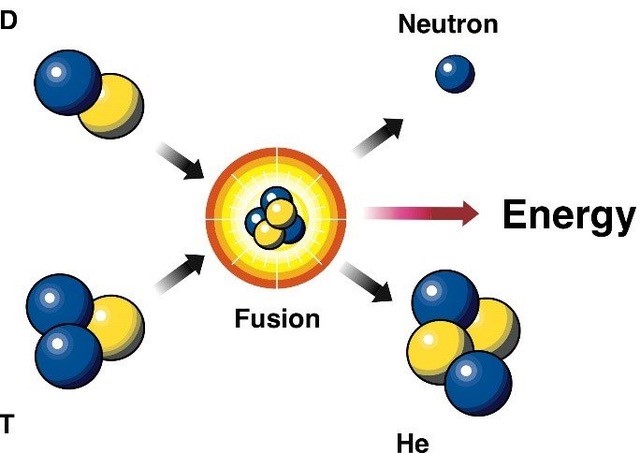
S’more cooking science
The Sun releases energy through a process known as nuclear fusion. Hydrogen atoms slam together, creating helium and emitting tremendous amounts of solar radiation, a type of electromagnetic radiation. This radiation can be converted into another type of energy we’ll used to cook our smores – heat, also known as thermal energy.
Students will line the solar oven with aluminum foil, which reflects the sunlight just like a mirror, directing it toward our s’mores. The black construction paper (along with the chocolate) will absorb the energy and transfer it to food, melting them into gooey goodness.
Note: It’s best to set up this experiment between 11 a.m. and 2 p.m. when the Sun’s rays are the strongest. The smores can take an hour or two to cook.
What you’ll need
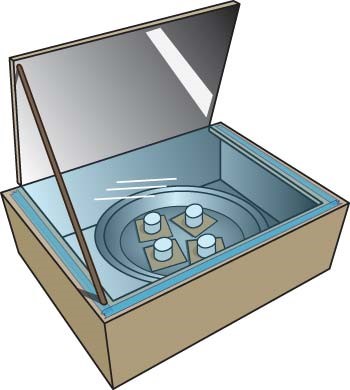
- Cardboard pizza boxes (used or donated from a local pizza parlor)
- Pencil
- Ruler
- Scissors
- Aluminum foil
- Clear tape
- Plastic wrap
- Glue
- Black construction paper
- Black plates
- Enough smores ingredients for the class, including graham crackers, chocolate squares, and large (not mini) marshmallows
- Oven mitt
What to do
- If using a used pizza box, clean it as best you can.
- Using the ruler and pencil, draw a square one inch in from the edges of the box lid.
- Using scissors, cut three of the four sides of the square to form a flap. (Note: Make sure to supervise your students during this part and help younger students.)
- Make a crease along the uncut side of the square to create a flap that stands up.
- Cut a piece of aluminum foil large enough to cover the inner side of the cardboard flap. Ask your students: What purpose does the aluminum foil serve?
- Wrap the foil tightly, and secure on the back of the flap with tape. The foil will reflect the sunlight into the box.
- Ask your students: How can we keep the food safe from bugs and trap the heat? Have them think about their classroom or home. You might direct them to the windows, which allow light in.
- Use tape to secure the plastic wrap to the inside edges of the square window you cut into the box left by the flap.
- Line the bottom of the pizza box with foil, taping it to the outside of the box. Why?
- Line the inside of the box with black construction paper. Ask your students: Why use black construction paper and not another color?
- Now it is time to cook something! Make sure to set up your box in a sunny spot that ants or other creatures won’t get into it. The best time to use your oven is between 11 a.m. and 2 p.m.
- On a black plate, place one or two marshmallows on top of a graham cracker. Put two to three squares of chocolate on top of the marshmallow. Ask: Why use a black plate? Why put the chocolate on the top?
- Close the lid and use your pencil to prop open the flap.
- After a couple of hours, open the pizza boxes and carefully remove the smores using the oven mitt. (It will be very hot – 200-250 degrees F!)
- To serve the smores, top with a second graham cracker and mush the marshmallow. Enjoy!
Or if you prefer to watch a video, this one has some great engineering design questions to ask your students.
More things to cook
What other things could you cook in your solar oven? You could try pizza bagels or nachos. Avoid meat, eggs, or other items that could spoil if left out for a couple of hours or could be dangerous if not cooked thoroughly.
Featured image credit: “Pizza Box Oven for S’mores” by Gerry Dincher is licensed under CC BY-SA 2.0.
Kirsten W. Larson used to work with rocket scientists at NASA. Now she writes books for curious kids. Kirsten is the author of the picture books: WOOD, WIRE, WINGS: Emma Lilian Todd Invents an Airplane, illustrated by Tracy Subisak (Calkins Creek), A TRUE WONDER: The Comic Book Hero Who Changed Everything, illustrated by Katy Wu (Clarion), THE FIRE OF STARS: The Life and Brilliance of the Woman Who Discovered What Stars Are Made Of, illustrated by Katherine Roy (Chronicle), and THIS IS HOW YOU KNOW, illustrated by Cornelia Li (Little, Brown, 2024). She also is the author of the middle grade, graphic nonfiction, THE LIGHT OF RESISTANCE, illustrated by Barbara McClintock, (Roaring Brook, 2023), along with 25 nonfiction books for the school and library market. Kirsten lives near Los Angeles with her family. Learn more (and sign up for her newsletter) at kirstenwlarson.com or connect on Twitter/Instagram via @kirstenwlarson.


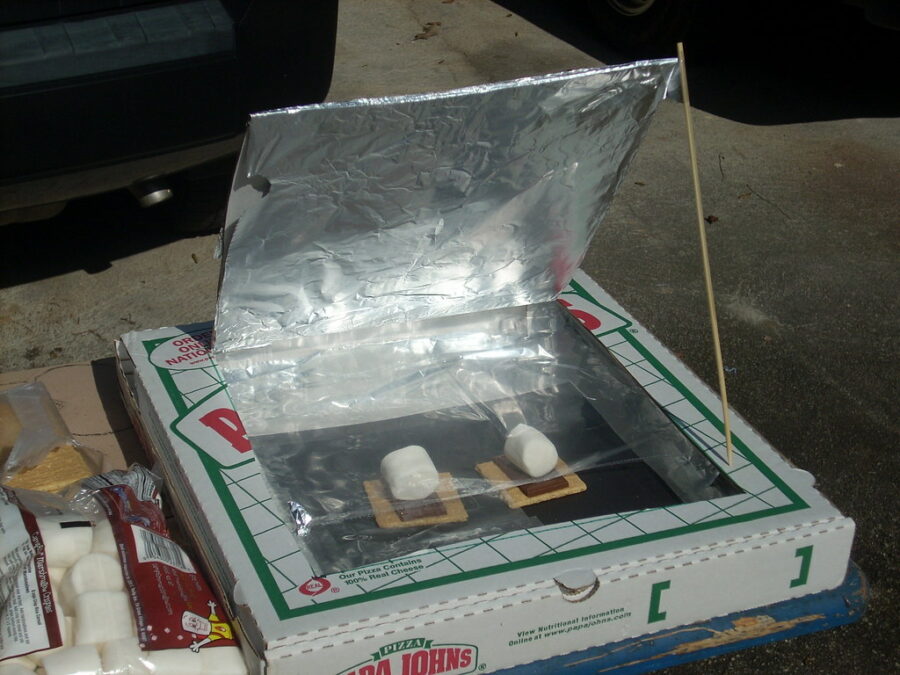
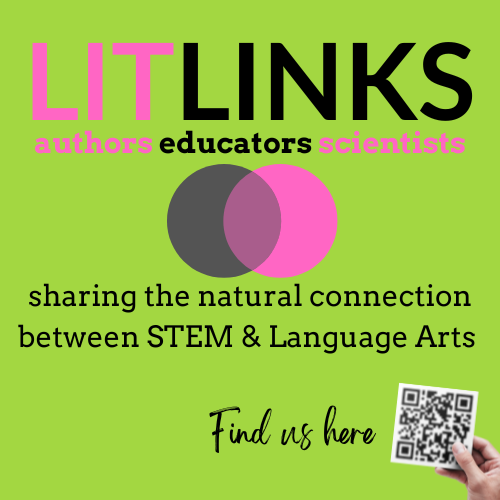
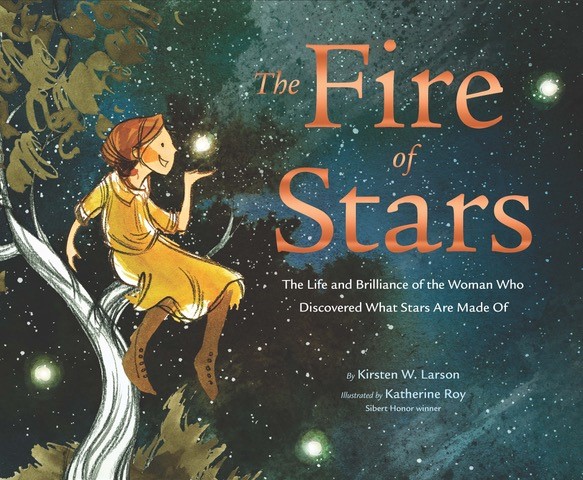
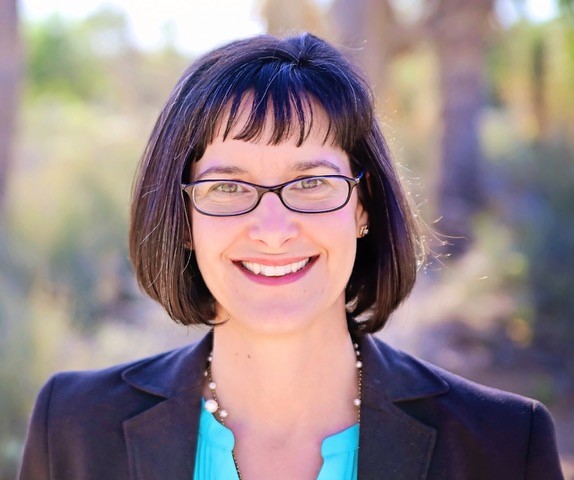
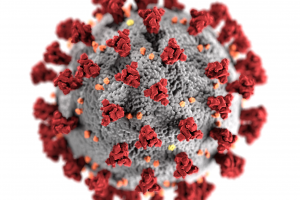
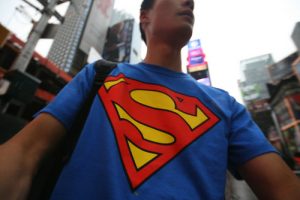
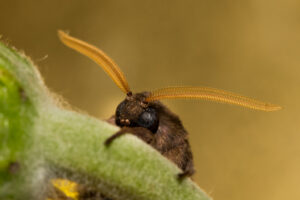

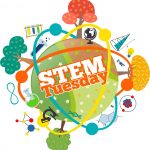
Leave a Reply
Your email is safe with me.